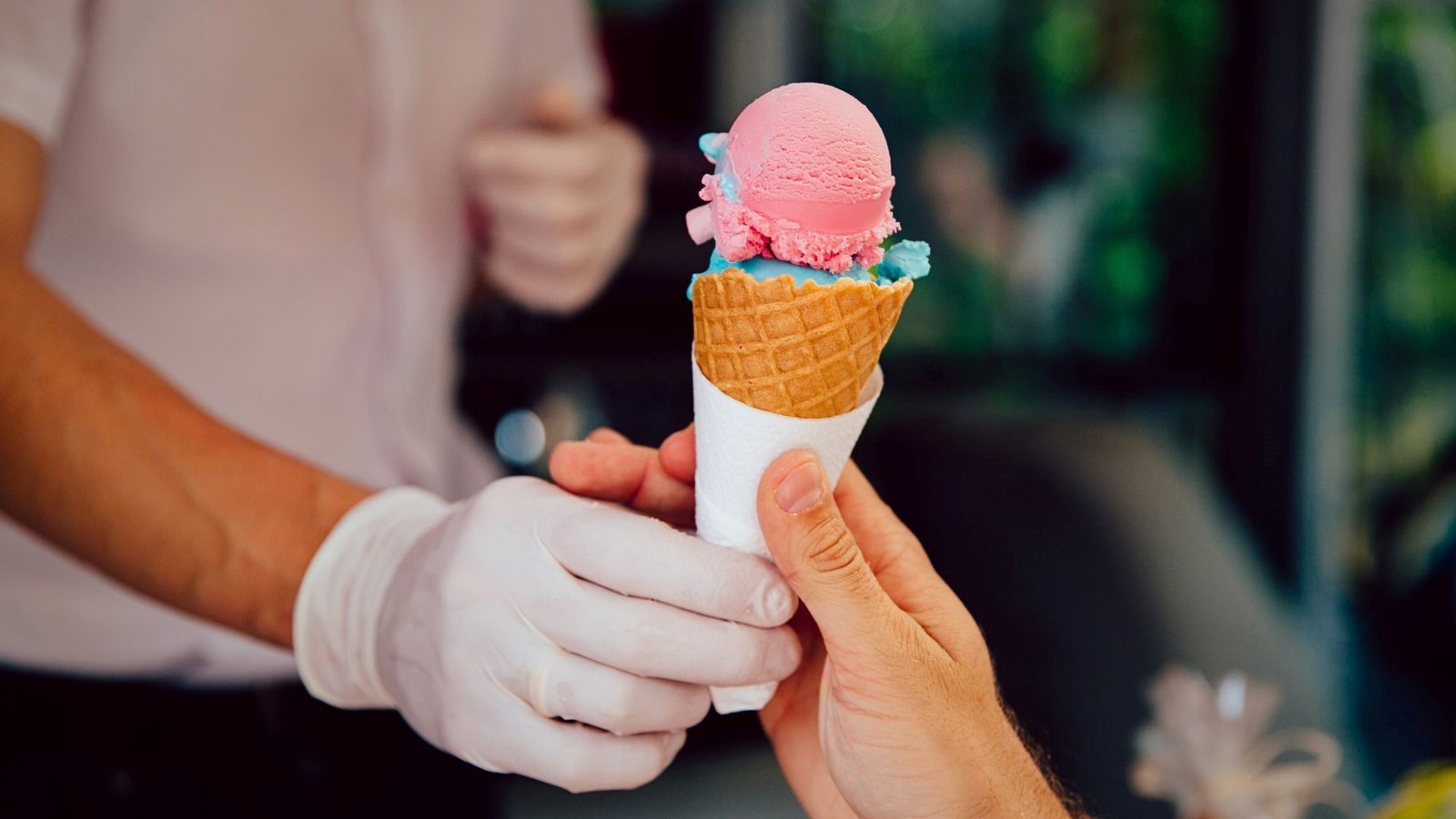Introduction:
Ice cream makers are a such a staple for households and companies that emphasize the use of fresh, handmade ice cream. Regardless of whether your ice cream machine is a small home unit or commercial-grade, having it malfunction can be frustrating and can compromise the consistency and quality of the ice cream. Understanding how to address some common issues allows you to maintain your system working, avoid downtime, and increase its lifespan.
This article will discuss some of the most common problems with ice cream machines, their causes, and the solutions.
Troubleshooting Common Ice Cream Machine Problems:
Ice Cream is Not Freezing Properly:
The most commonly reported problem is that the ice cream mixture doesn’t freeze properly, resulting in an extremely soft or slushy texture instead of hard. This one is usually caused by a refrigeration problem — low refrigerant levels or a broken compressor. If the machines do not supply enough cold air, then the freeze can not work. Too much mixture in the ice cream machine at the same time can be another source that may put certain pressure on the cooling system and lead it to freeze badly.
Too much alcohol or sugar reduces the freezing point, hence the machine finds it difficult to solidify the combination. Following a recipe with the proper ingredient balance guarantees the ice cream’s appropriate consistency. Additionally accelerating the freezing process is pre-cooling the mixture before running it through the ice cream machine. Using the pre-cooling feature of the machine before beginning the freezing cycle will greatly enhance the outcomes. Always keeps the basic tools, such as Taylor 014496 bearing guide, to troubleshoot the small issues at home.
Ice Cream is Too Hard or Over-Frozen:
On the flip end of the spectrum, some consumers complain that their ice cream becomes overly hard or over-frozen, making it difficult to serve. Often this results from a too low temperature setting. If the refrigeration system is overly cold, the mixture could freeze too rapidly and get overly solid. Changing the temperature to the manufacturer’s advised level will help to preserve the ideal consistency.
Another element influencing a too hard texture is over-churning. If the ice cream is churned for too long, it may grow dense and frosty. Stopping the ice cream machine as soon as the ice cream reaches the desired consistency helps it not to get too stiff. While some machines have timers or automatic shut-off systems to stop over-processing, if your equipment lacks these capabilities you must closely watch the freezing cycle by hand.
Ice Cream Machine is Not Turning On:
If the ice cream maker does not turn on, the problem may be internal safety feature inhibiting operation, malfunctioning motor, or electrical issue. Starting the diagnosis process is looking at the power supply. Make that the power outlet is operational and the machine is correctly plugged in. If the machine has a reset button, pushing it could fix the issue.
Certain machines feature safety features that stop them from running if the lid or other components are improperly tightened. Ensuring that every component is properly put together can assist one ascertain the nature of the problem. If the motor overheats, the ice cream machine might momentarily stop to avoid damage. Let the machine cool before turning on once again to fix this problem. If none of these actions prove successful, the motor or internal wiring could be defective and require expert repair.
Also Read; Why Belgian Waffles Are Famous and How to Make Them?
Ice Cream Machine is Making Unusual Noises:
Unusual sounds like squeaking, rattling, or grinding can point to mechanical ice cream machine difficulties. Either worn-out gears or inadequate motor lubrication could produce a grinding noise. If the blades or paddles misalign, they could scrape against the freezing cylinder’s sides, producing a loud noise.
By including lubrication and cleaning of moving components, regular maintenance helps to lower wear and tear. Additionally helping to reduce too much noise is looking for loose components and making sure every element is firmly fastened. If the problem continues, specific components could have to be changed to stop more ice cream machine damage.
Ice Cream Has an Unusual Texture:
If the ice cream has an uneven texture—that of ice crystals or a grainy feel—the issue could result from improper ingredient preparation or freezing conditions. When the mixture is not chilled rapidly enough or when it is not churned at the proper pace, ice crystals develop. Texture problems can be avoided by using well dissolved ingredients and making sure the mixture is completely blended before freezing.
Over-churning or low-fat foods devoid of enough stabilisers to preserve a smooth consistency might produce a gritty texture. Using full-fat dairy products or adding a stabiliser will help to produce a creamier texture. Some ice cream makers allow users to control the churn speed, therefore trying various settings could help to get the intended outcome.
Conclusion:
Troubleshooting ice cream machine problems requires a combination of technical know-how, consistent maintenance, and good ingredient handling. Whether the machine is not freezing correctly, generating too hard ice cream, creating odd noises, or having dispensing problems, knowing the underlying causes will enable fast resolution of the problem.
Maintaining the machine’s lifespan and keeping it running effectively depends on making sure it is clean, well-maintained, and run according to recommendations. Following these troubleshooting techniques will help you to keep making excellent ice cream free from needless disruptions.



